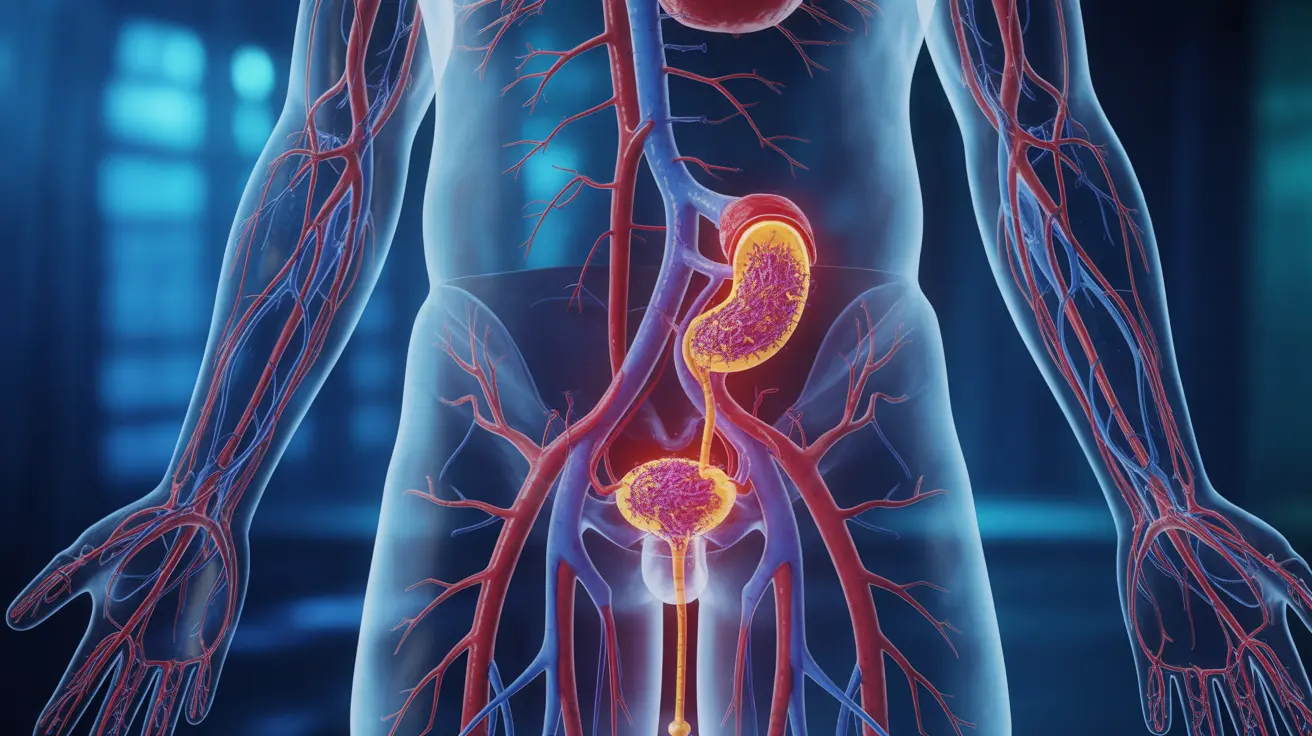Urosepsis is a severe and potentially life-threatening condition that occurs when a urinary tract infection (UTI) spreads to the bloodstream, triggering a dangerous systemic response. This serious medical emergency requires immediate attention and can rapidly progress to organ dysfunction if not treated promptly. Understanding its signs, treatment options, and prevention strategies is crucial for better outcomes.
What is Urosepsis and How Does It Develop?
Urosepsis develops when bacteria from a urinary tract infection enter the bloodstream, causing a systemic inflammatory response. This condition is more serious than a standard UTI because it affects multiple body systems and can lead to septic shock. Elderly individuals, people with weakened immune systems, and those with underlying health conditions are particularly vulnerable to developing urosepsis.
Recognizing the Warning Signs
The symptoms of urosepsis often develop rapidly and are more severe than those of a typical UTI. Early recognition is crucial for successful treatment.
Common Symptoms
- Severe pain in the lower back or side
- High fever (often above 101°F/38.3°C)
- Rapid breathing and heart rate
- Mental confusion or disorientation
- Extreme fatigue
- Decreased urine output
- Severe shaking or chills
Risk Factors and Vulnerable Populations
Several factors can increase the likelihood of developing urosepsis:
High-Risk Groups
- Elderly individuals
- People with diabetes
- Individuals with compromised immune systems
- Those with urinary tract abnormalities
- Patients with indwelling catheters
- Pregnant women
- People with recent urological procedures
Treatment Approaches
Treatment for urosepsis requires immediate medical intervention and typically includes:
Primary Treatment Methods
- Intravenous antibiotics
- Fluid resuscitation
- Blood pressure management
- Oxygen therapy if needed
- Careful monitoring of organ function
Prevention Strategies
While not all cases of urosepsis can be prevented, several measures can help reduce risk:
Preventive Measures
- Proper hygiene practices
- Staying well-hydrated
- Prompt treatment of UTIs
- Regular medical check-ups
- Proper catheter care when applicable
- Managing underlying health conditions
Frequently Asked Questions
What are the symptoms of urosepsis, and how does it differ from a typical urinary tract infection?
Urosepsis symptoms are more severe than a typical UTI and include high fever, rapid breathing, mental confusion, extreme fatigue, and severe pain. Unlike a standard UTI, urosepsis affects the entire body and can cause organ dysfunction, making it a medical emergency requiring immediate attention.
How is urosepsis treated, and what are the most effective medications for managing it?
Urosepsis treatment typically involves immediate hospitalization with intravenous broad-spectrum antibiotics, fluid resuscitation, and careful monitoring of vital signs and organ function. The specific antibiotics used depend on local resistance patterns and patient factors, but treatment must begin promptly to be most effective.
Can urosepsis be prevented, and what steps can I take to reduce my risk of developing it?
While not entirely preventable, you can reduce your risk by maintaining good urinary hygiene, staying hydrated, treating UTIs promptly, completing prescribed antibiotic courses, and managing underlying health conditions. Regular medical check-ups are also important, especially for those in high-risk groups.
What are the complications of urosepsis if it is not treated promptly, and how does it affect organ function?
Untreated urosepsis can lead to septic shock, organ failure, and death. It can affect multiple organ systems, including the kidneys, heart, lungs, and brain. The condition can cause blood pressure to drop dangerously low, leading to poor oxygen delivery to vital organs and tissue damage.
What are the signs that indicate a urinary tract infection has progressed to urosepsis, and when should I seek immediate medical attention?
Seek immediate medical care if you have a UTI and develop symptoms such as high fever, severe pain, mental confusion, difficulty breathing, rapid heart rate, or extreme weakness. These signs suggest the infection has spread beyond the urinary tract and requires emergency treatment.




